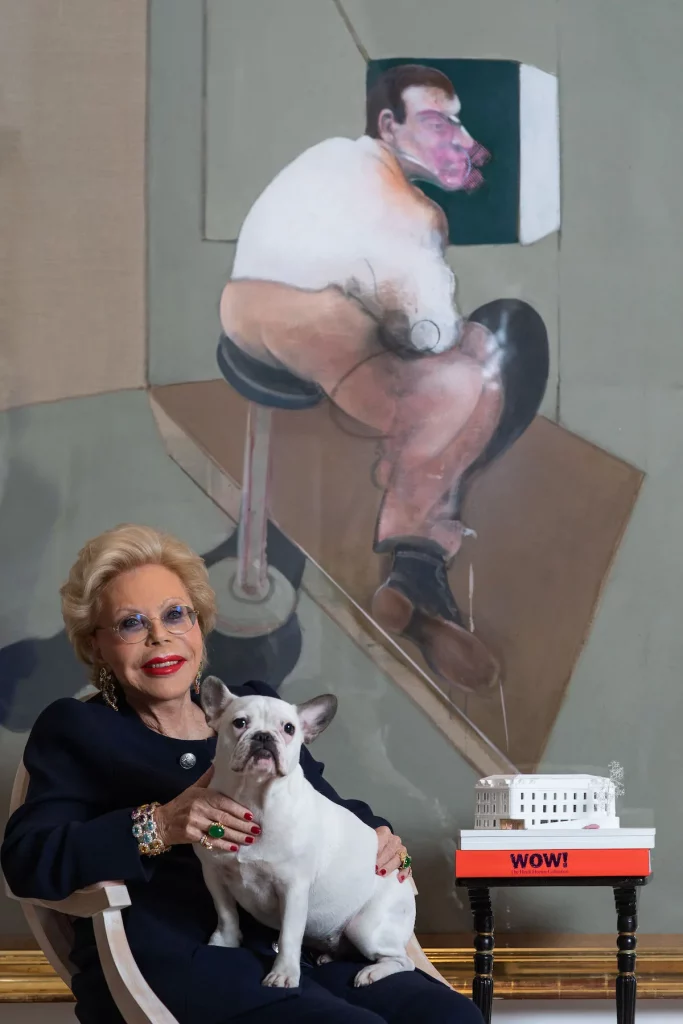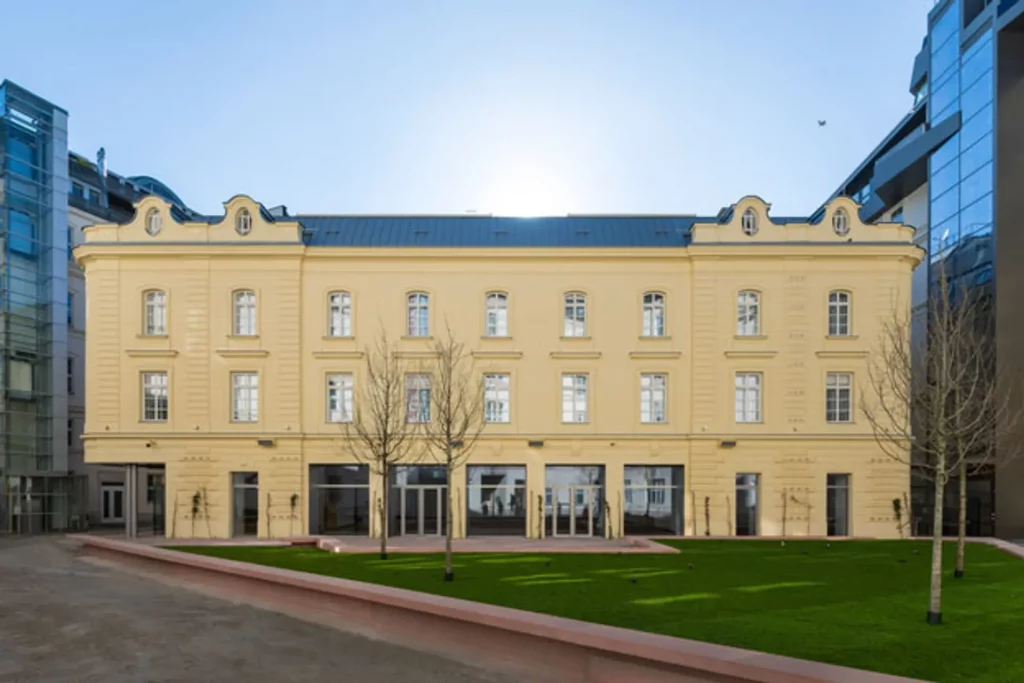People
Austrian Billionaire Heidi Goëss-Horten Has Died at Age 81, Just Days After Opening Her Private Museum in Vienna
The collector owned some 700 artworks.

The collector owned some 700 artworks.

Sarah Cascone

Austrian billionaire Heidi Goëss-Horten died on Sunday at her home on Lake Wörthersee, just days after opening her private museum in Vienna. She was 81.
“It is with great regret and in deep mourning that we have to give news of the completely unexpected death of our patron and benefactor Heidi Goëss-Horten,” read a statement from the Heidi Horton Collection.
In honor of Goëss-Horten, admission to the museum—normally €15 ($15.60)—will be free through the weekend. In its first week, the institution attracted some 800 daily visitors, according to Artnews.
Born Heidi Jelinekin Vienna in 1941, Goëss-Horten met her first husband, department store magnate Helmut Horten at a bar in 1959. She was just 19 and he was 51, and in 1966 they were married. Together, they began building what became a nearly billion-dollar art collection in the 1970s.
Horten died in 1987, leaving Goëss-Horten a $1 billion fortune, which allowed her to continue amassing her collection, with a focus on Expressionism and American Pop art. At the time of her death, Goëss-Horten’s net worth was $2.9 billion, which put her at 1,040 on the list of the world’s wealthiest people, according to Forbes. When she died, Goëss-Horten had a collection of some 700 artworks.

The Heidi Horten Collection museum in Vienna. Photo by Rupert Steiner, ©Heidi Horten Collection.
In 1996, Goëss-Horten notably spent $22 million in a single week on works by Francis Bacon, Pierre-Auguste Renoir, and Paul Klee at Sotheby’s, the New York Times reported.
Agnes Husslein-Arco, then managing director of Sotheby’s Austria, served as Goëss-Horten’s art advisor, and was eventually tapped to direct the Heidi Horton Collection.
It wasn’t until 2018 that Goëss-Horten finally shared her holdings with the world, in the critically acclaimed exhibition “Wow! The Heidi Horten Collection” at Vienna’s Leopold Museum. It became the museum’s most-visited show of all time, and inspired the collector to create a permanent venue to showcase her collection.
“I knew after the first public presentation of my collection that I wanted to preserve the works for posterity and share a treasure with people that has been with me in my private life for many years and given me such happiness,” Goëss-Horten told Artnews.
The high-profile project invited greater scrutiny of Goëss-Horten’s finances. In 2020, she commissioned a report from historian Peter Hoeres that found that her husband “Helmut Horten benefited from the economic circumstances provided by the Nazi state” in the form of confiscated Jewish-owned department stores, according to the Art Newspaper.
In 2018 and 2019, Goëss-Horten donated nearly €1 million ($1.04 million) to the conservative Austrian People’s Party, but in amounts small enough not to be publicly reported, according to Der Standard. Her lawyer maintained she did not break any laws, and Goëss-Horten said she would no longer make political donations.
But any controversy appears to have failed to dampen enthusiasm for Goëss-Horten’s new museum. The venue, originally an annex of the Albrecht Palais and the offices of Archduke Friedrich, underwent a gut renovation by Next Enterprise Architects Vienna ahead of its transformation into a museum.
The building, rechristened the Palais Goëss-Horten, now features three floors of gallery space, with two futuristic floating platforms.
For its inaugural exhibitions, the 16,000-square-foot museum is showcasing a selection of 50 works by the likes of Lucio Fontana, Robert Rauschenberg, Dan Flavin, Andy Warhol, and Damien Hirst. But there is also a focus on less established figures, particularly emerging and mid-career Austrian artists, with new commissions by Constantin Luser and Andreas Duscha.
“I am proud, with my collection and the construction of the museum,” Goëss-Horten said in a statement ahead of the museum’s opening, “to have created something lasting, which future generations will also be able to experience when they visit my museum and take joy in the art that has given me such joy for so long.”